It’s a simplistic notion, but when any manufacturer bringing a new EV to market in these past five or 10 years has mentioned fully asymmetrical torque vectoring, only one thought has entered this road tester’s mind: tank tracks.
Why shouldn’t a car with no joined driveshafts or differentials, which can drive opposing wheels in opposite directions, be able to spin 360deg on the spot? And why shouldn’t it handle in a totally transformative way? Surely a car that can deliver any torque load to any wheel in either direction ought to rip up the rule book on vehicle dynamics?
It turns out there are many reasons. Good, understandable reasons – some of which apply to the current generation of EVs but might not to the next one or the one after that. Reasons I wasn’t aware of when testing the likes of the Honda NSX, Polestar 1 and Ferrari SF90 Stradale, all of which feature electric motors that can supposedly vector torque fully asymmetrically across either the front or the rear axle, and none of which struck me as quite the dynamic landmark that my simplistic notions had led me to expect them to be.
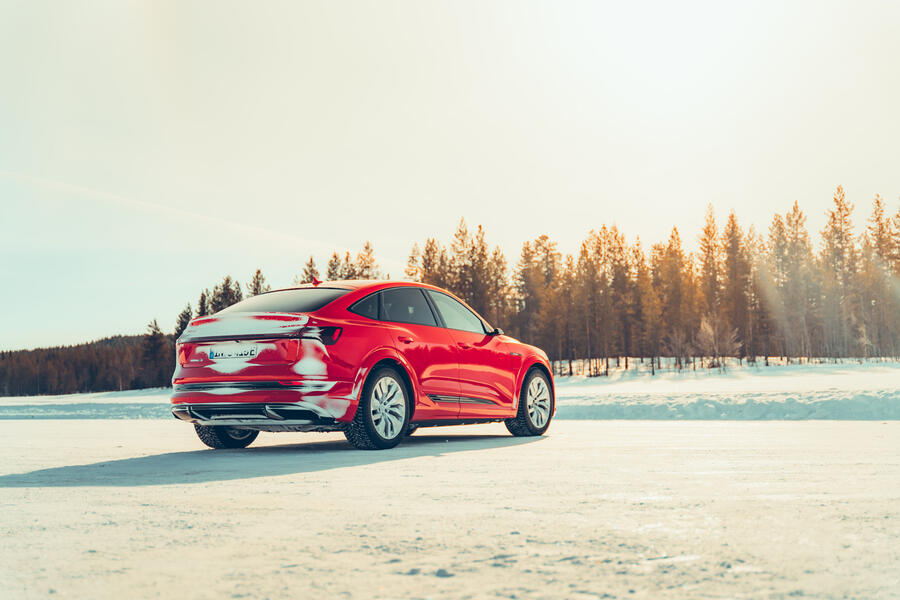
They’re reasons that I’m now having explained, slowly and clearly enough for my puny road tester’s brain to comprehend, by a very nice man in an Audi-branded padded jacket while standing on metre-thick ice in Arvidsjaur, northern Sweden.
This is Kilver lake, one of several that are turned into ice driving tracks and proving grounds in this area over the winter. And while it’s not the very one that Audi uses for vehicle development, it’s very like it (how different can one test track carved into a frozen lake be from another?).
The man is Niklas Finke, a vehicle dynamics engineer of some 11 years’ experience, taking a break from developing and tuning the next-model-year Audi E-tron S Sportback to answer some questions on the outright dynamic potential of the car for which he is partly responsible.

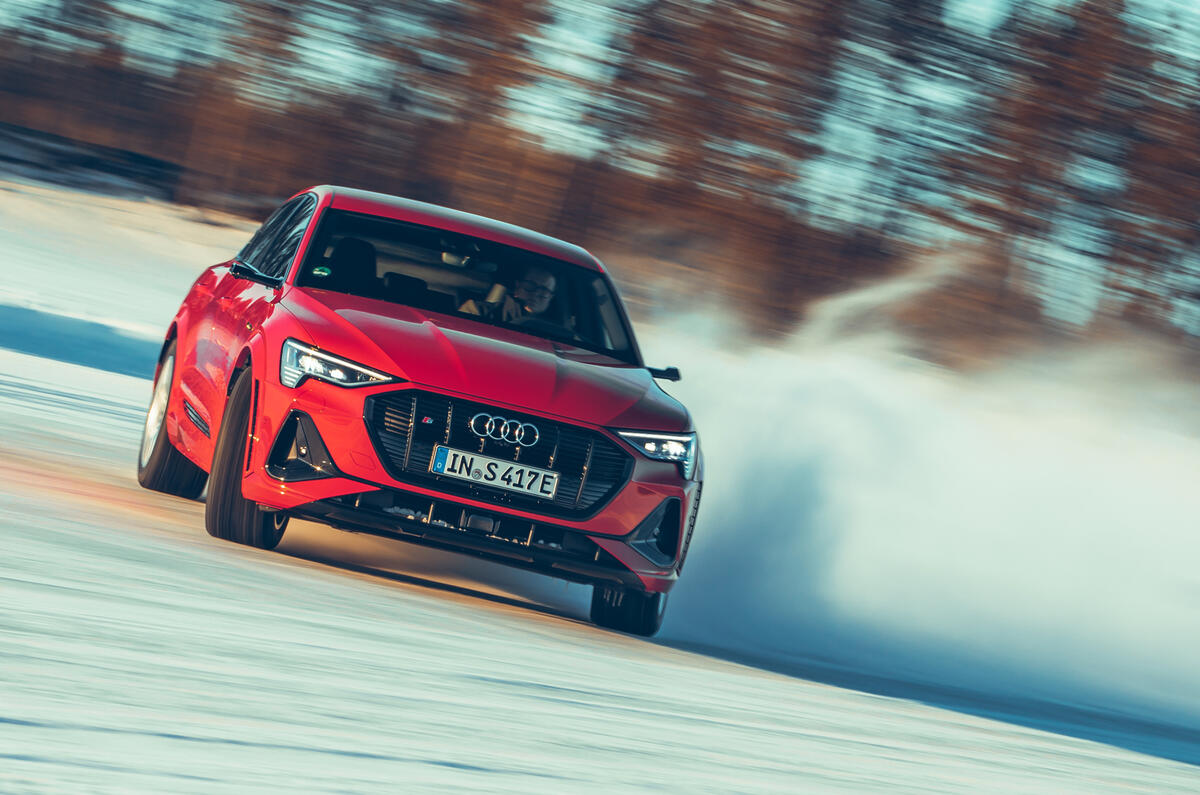
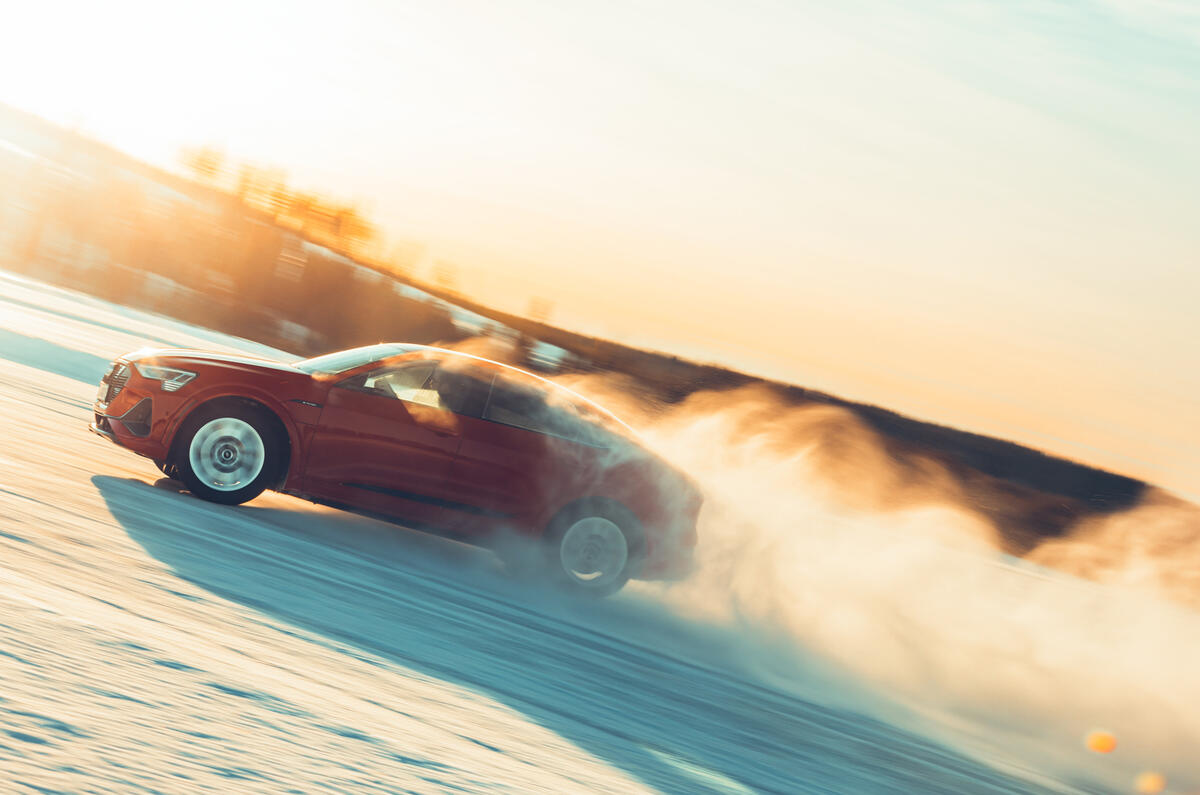
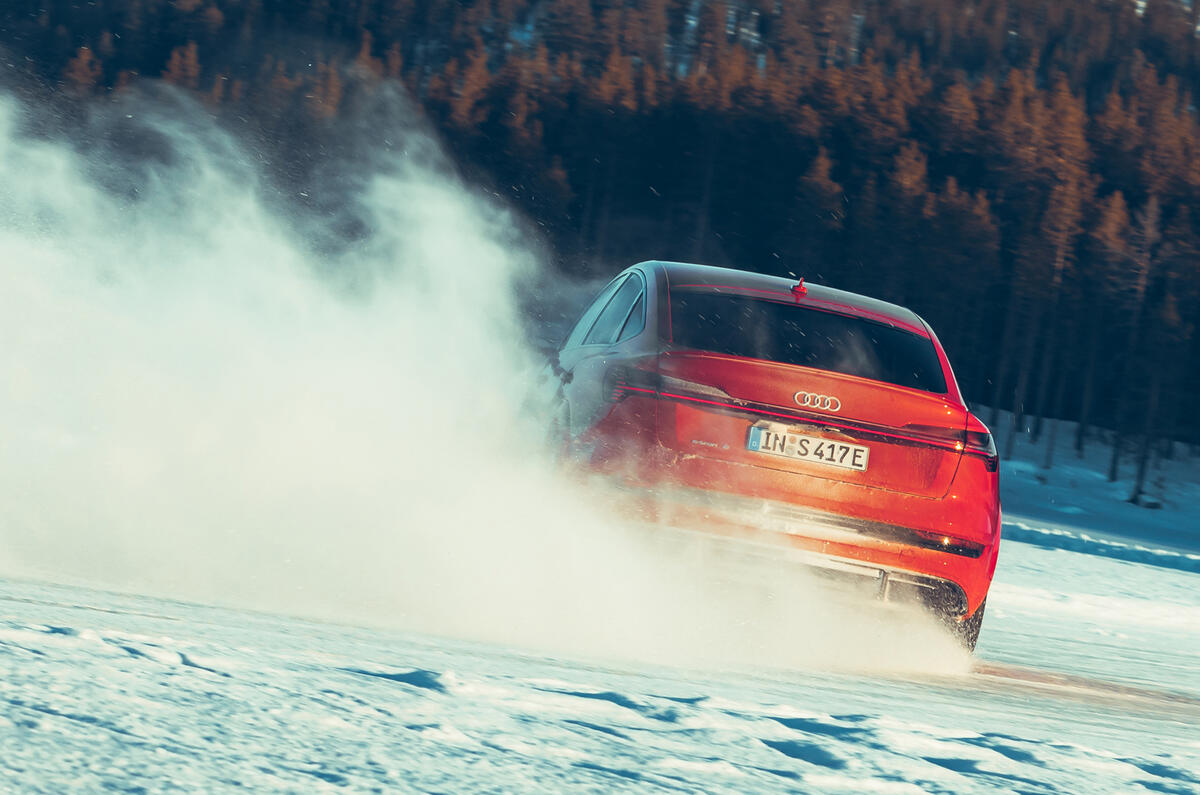
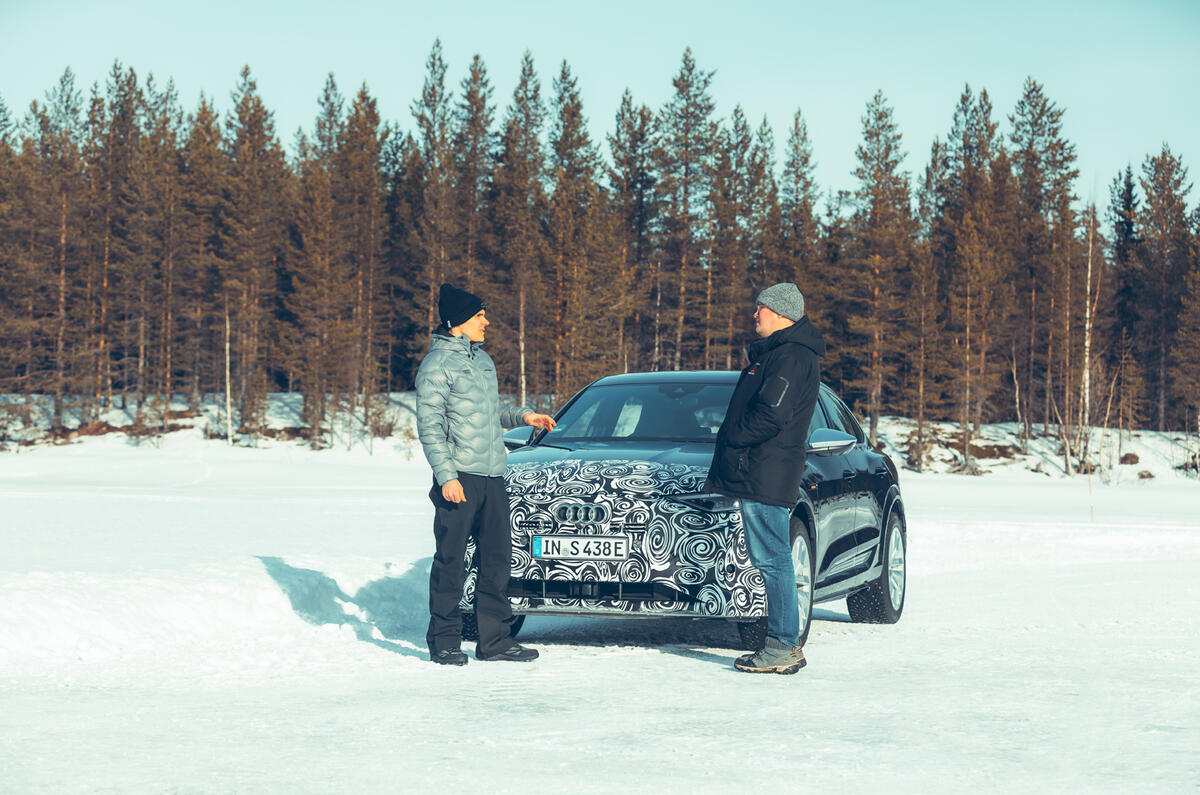

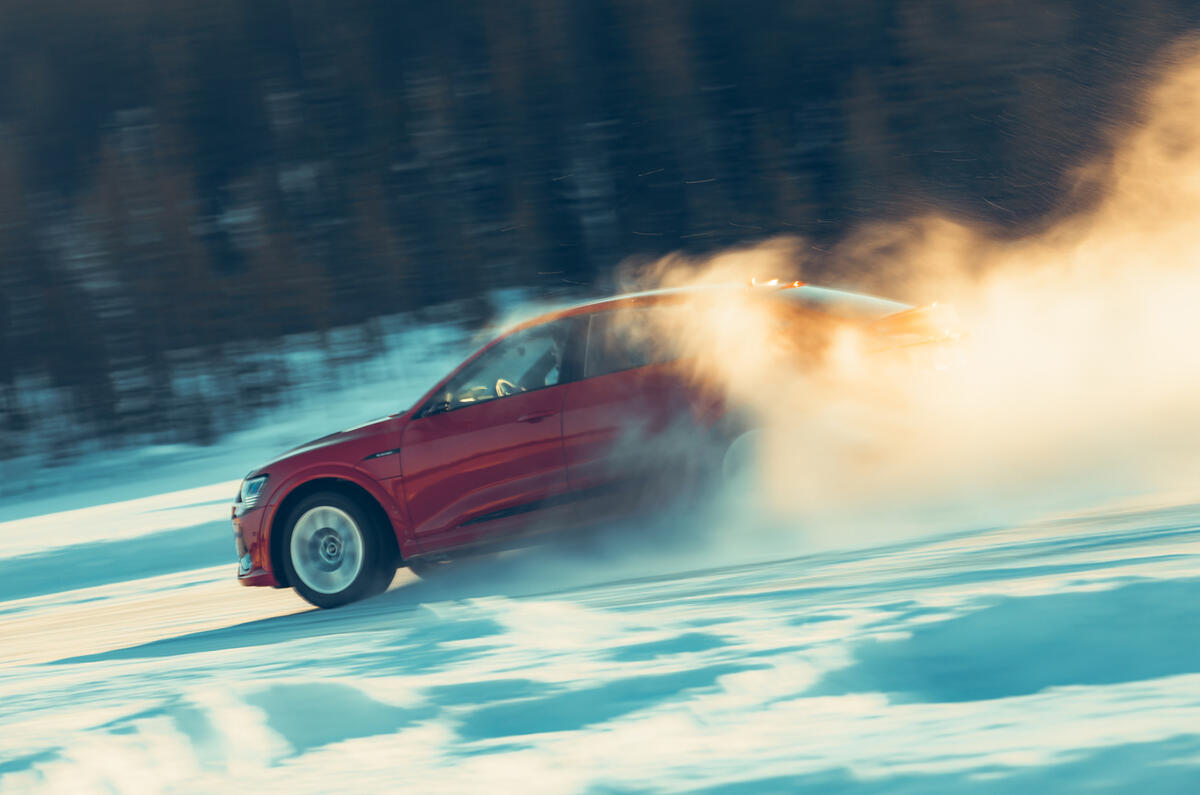

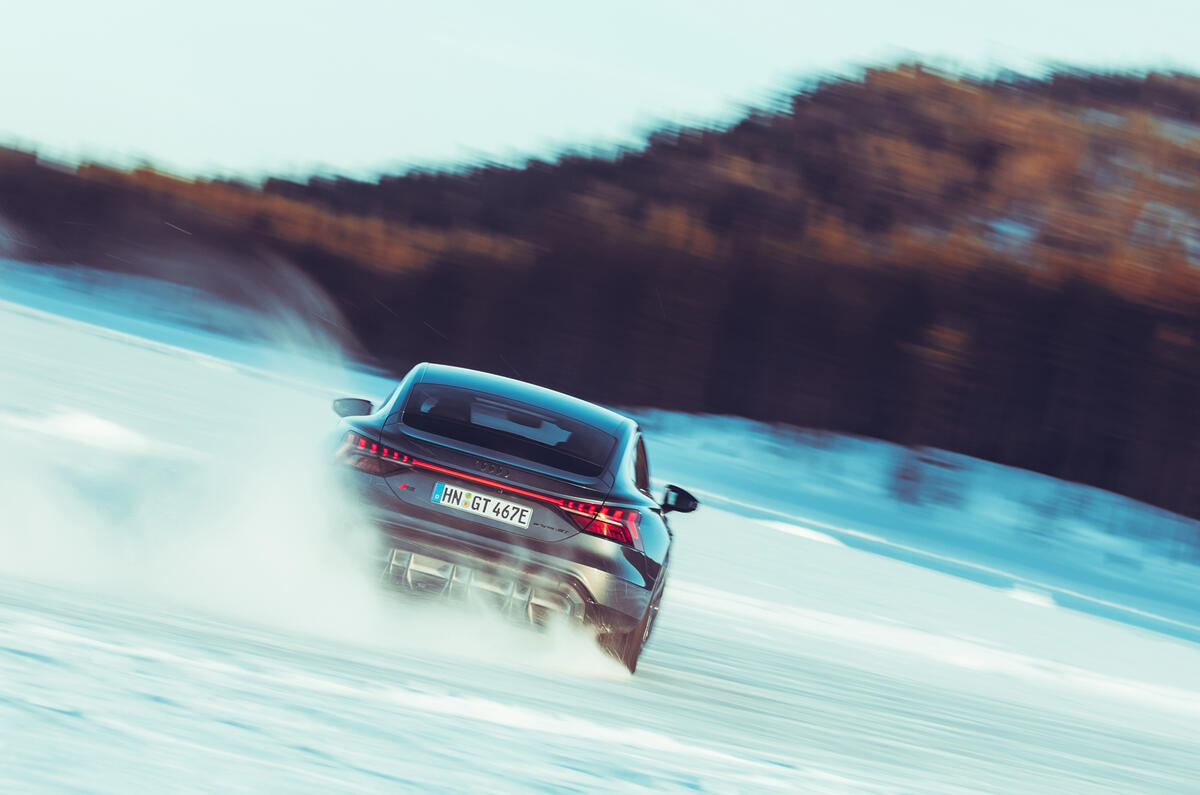


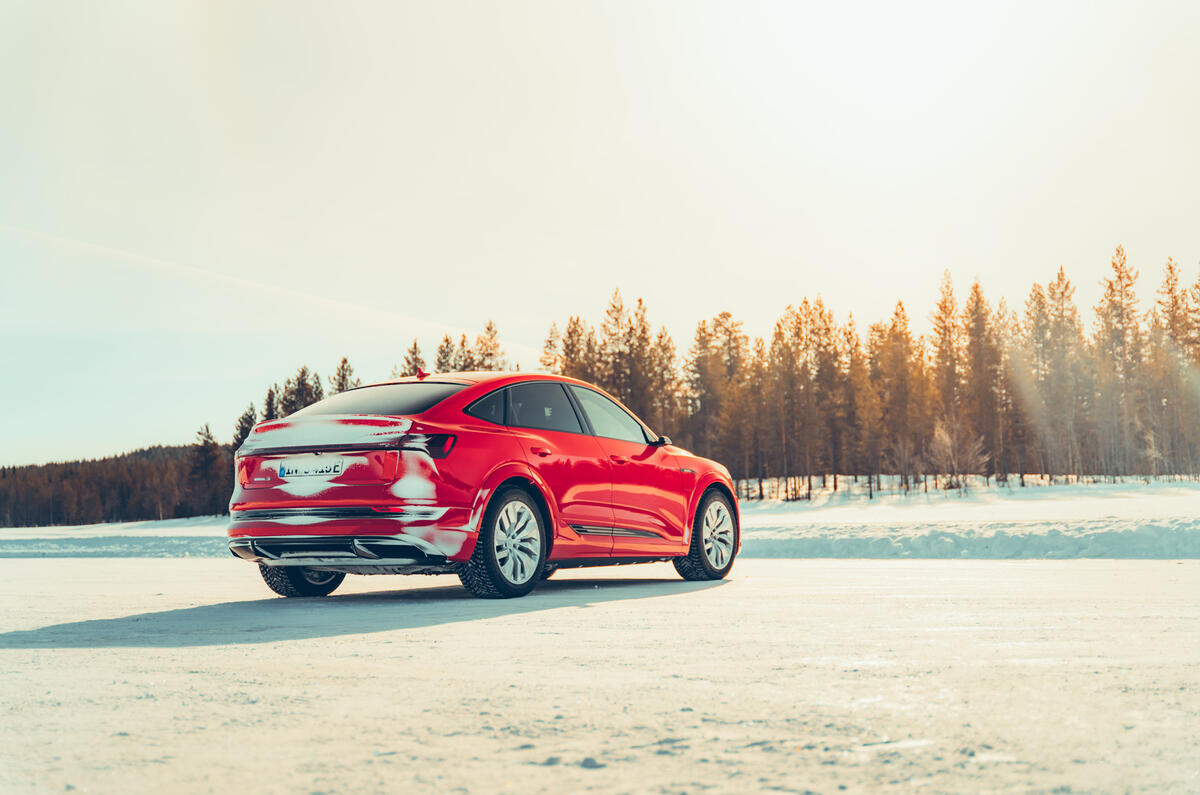


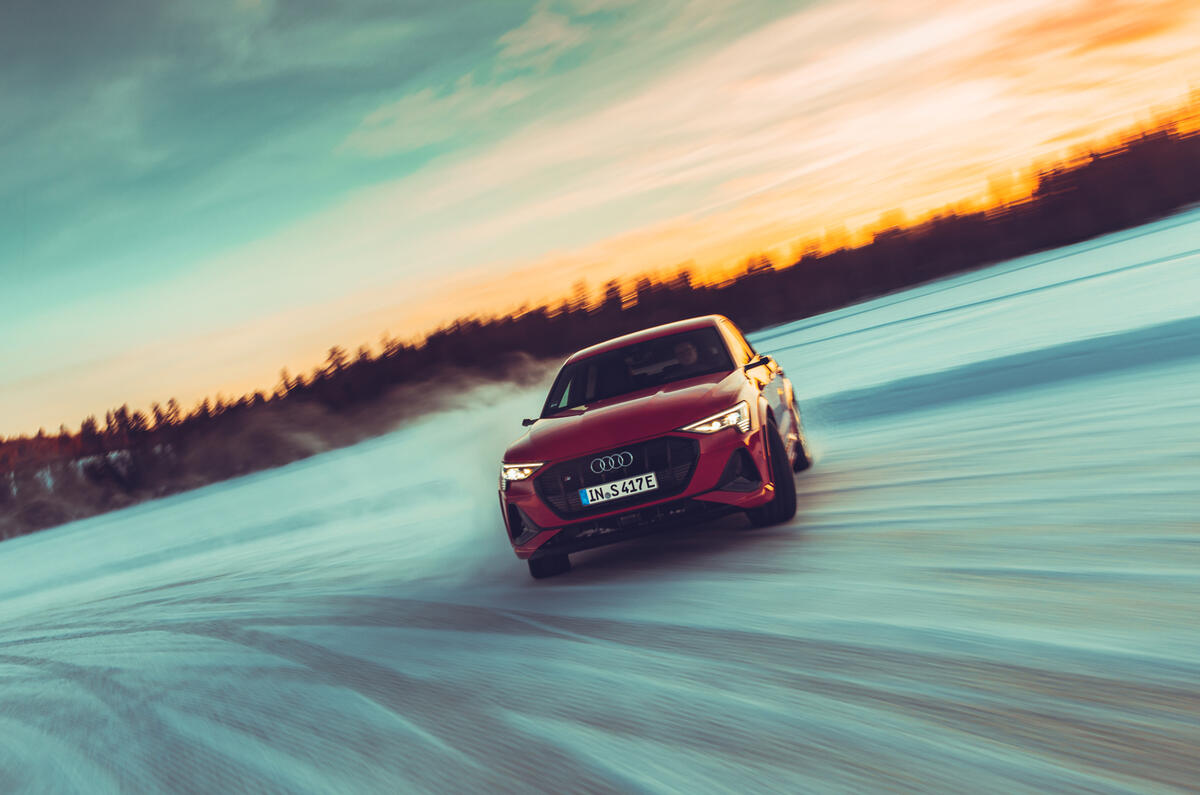
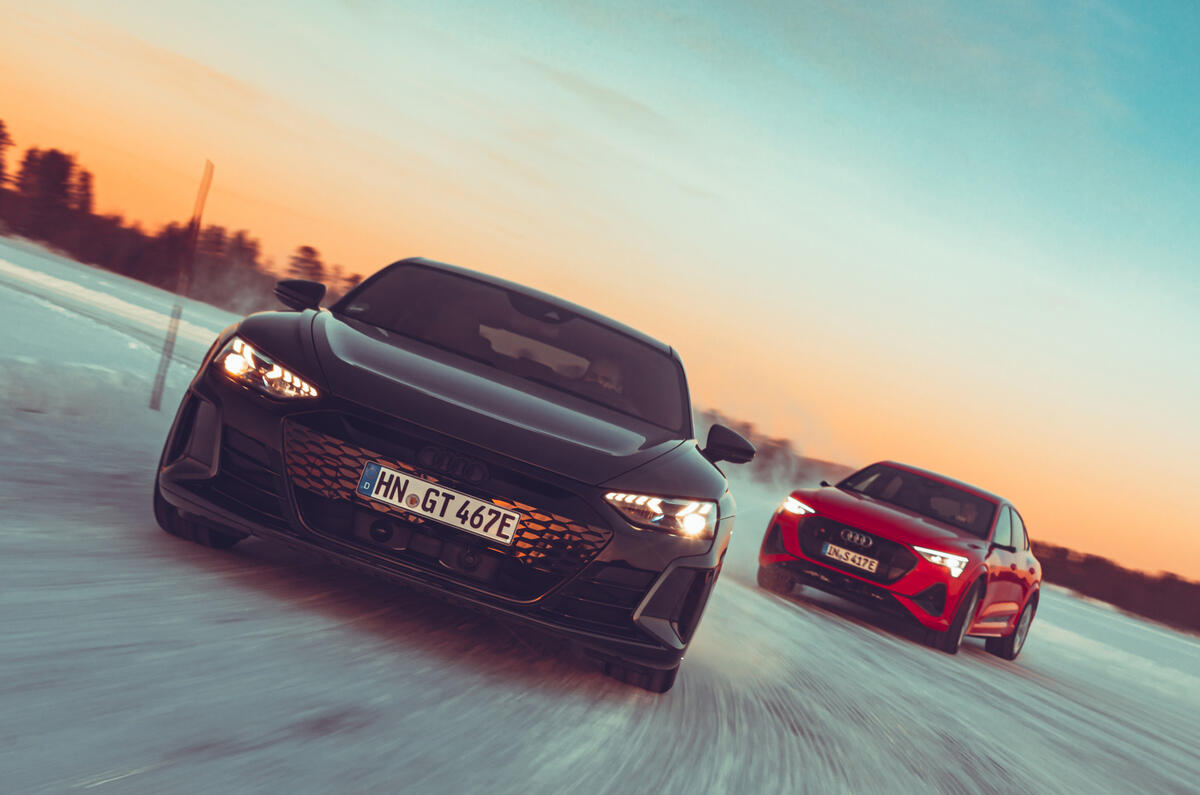
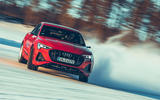

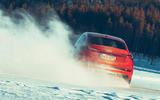
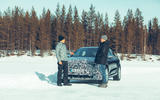
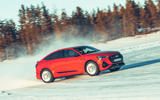
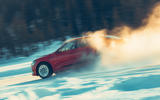
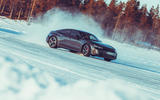



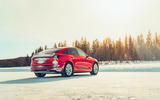





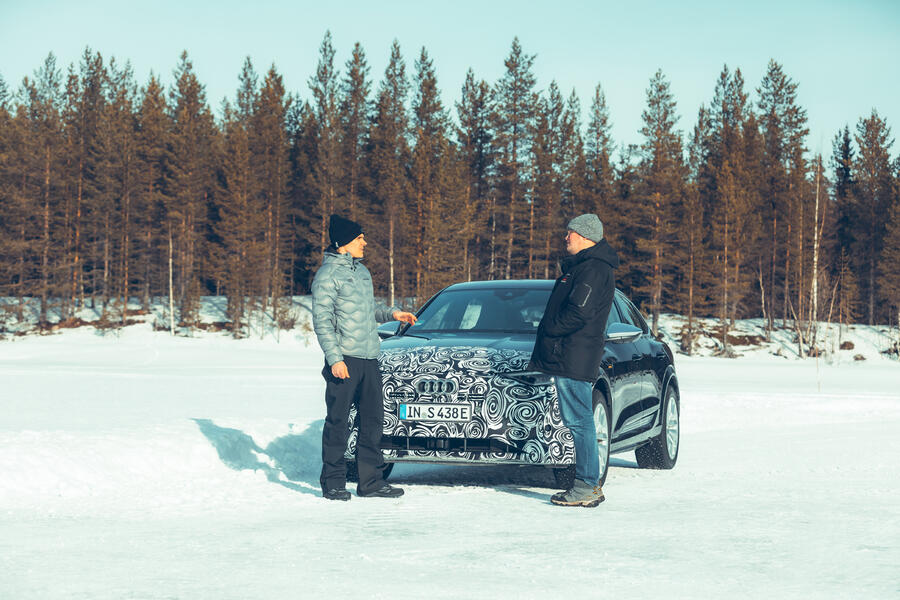

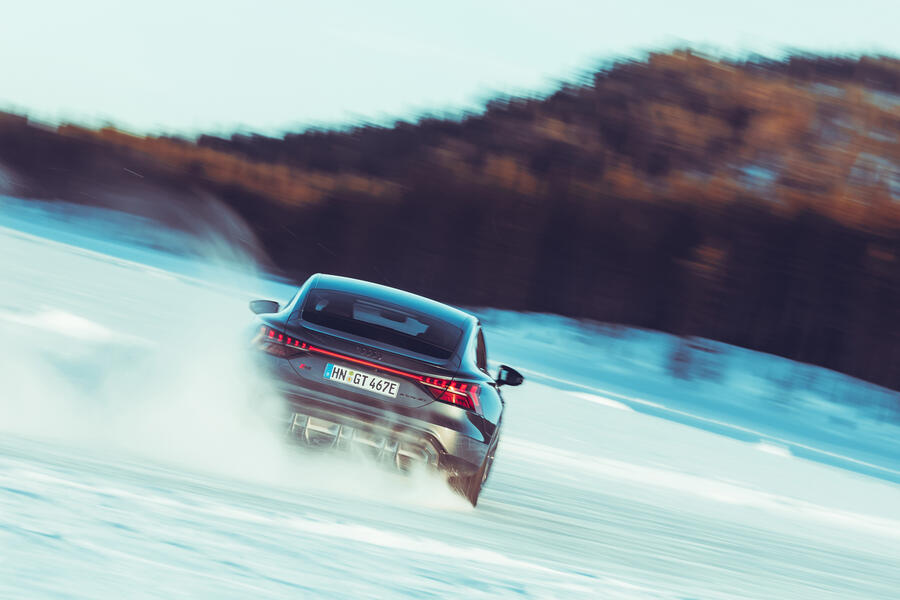
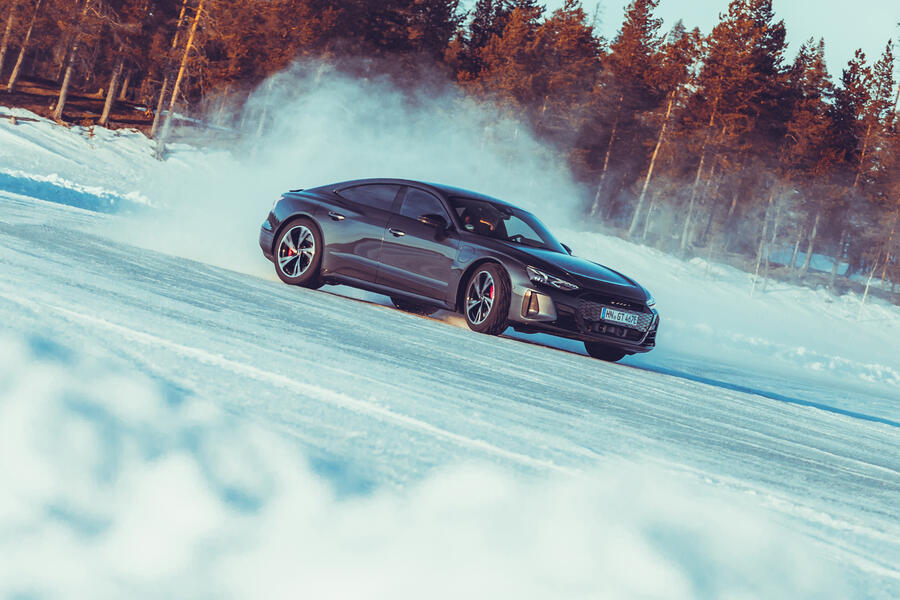
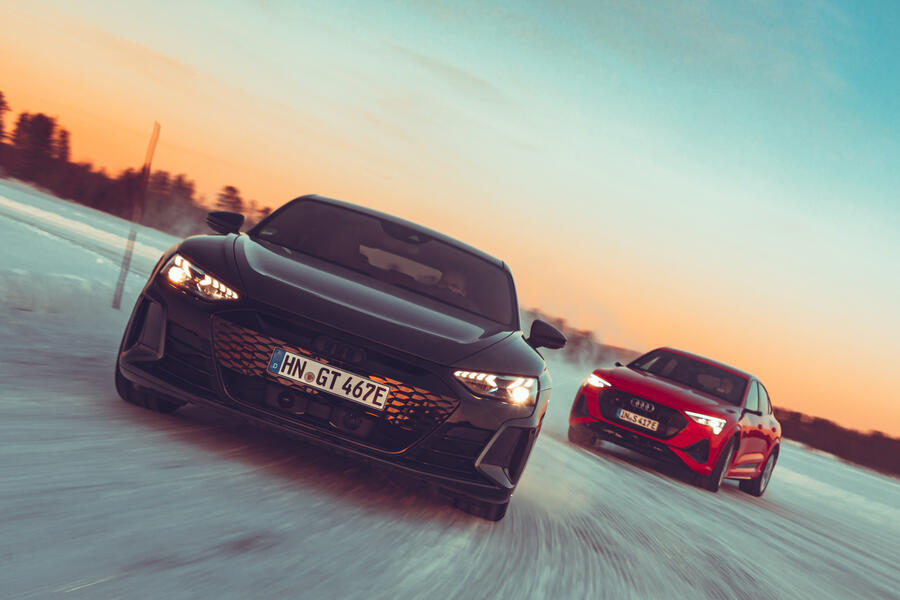
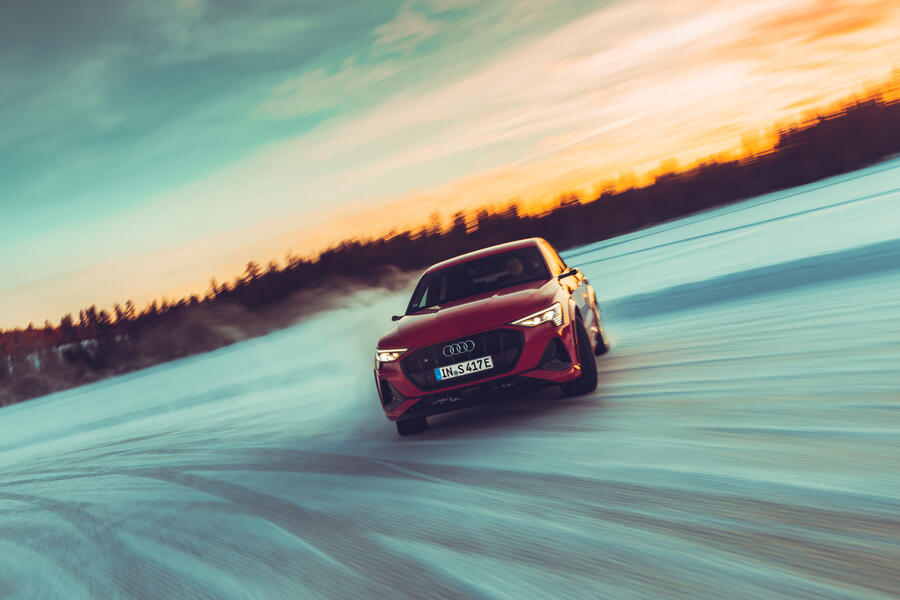
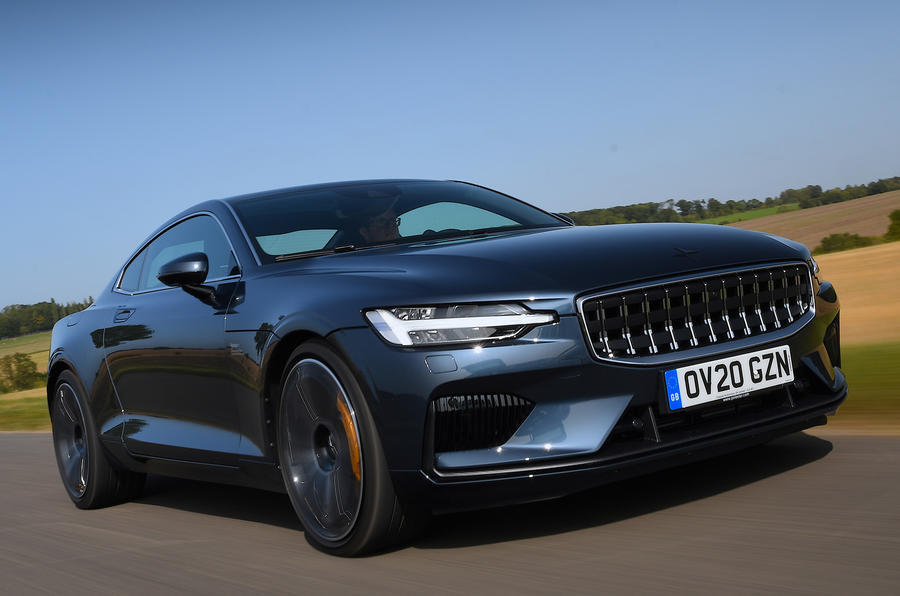
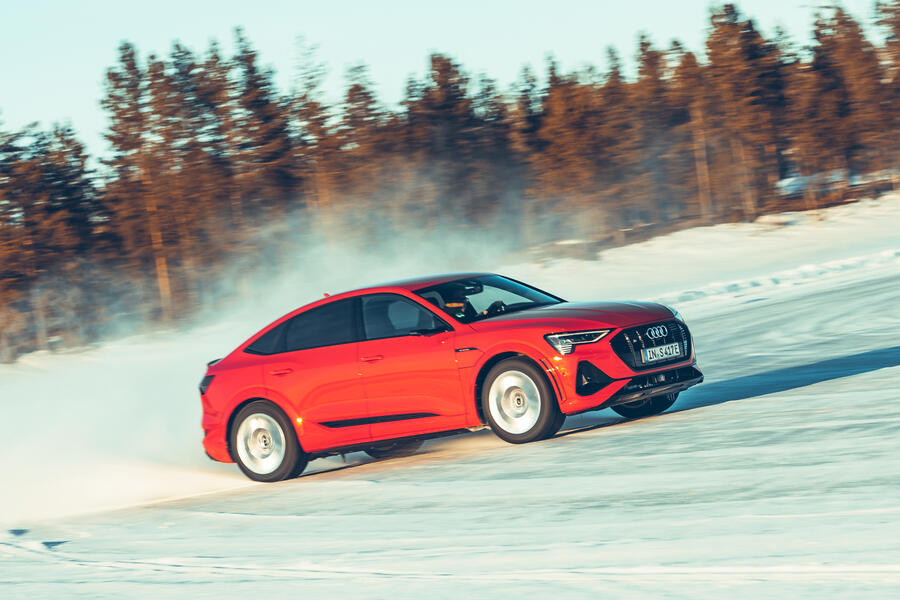
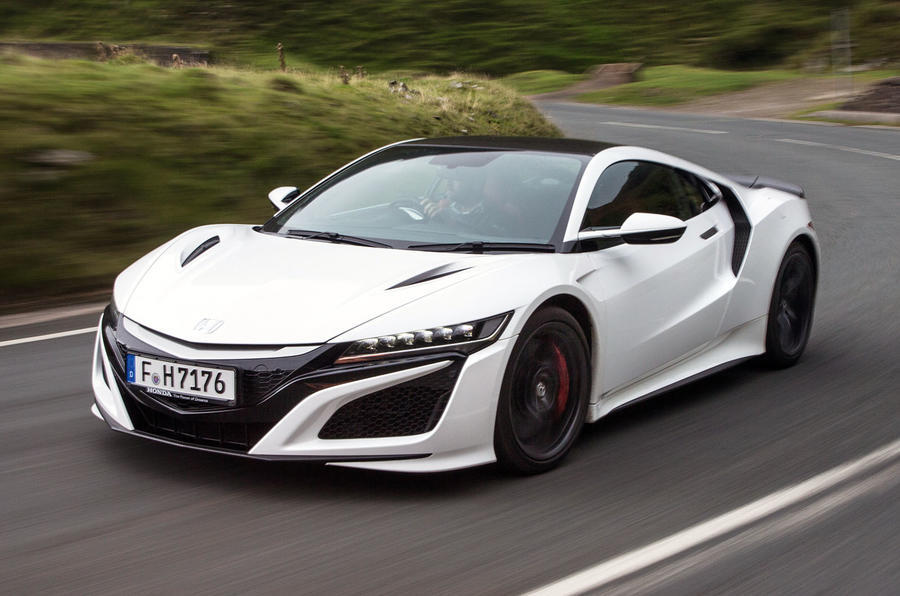
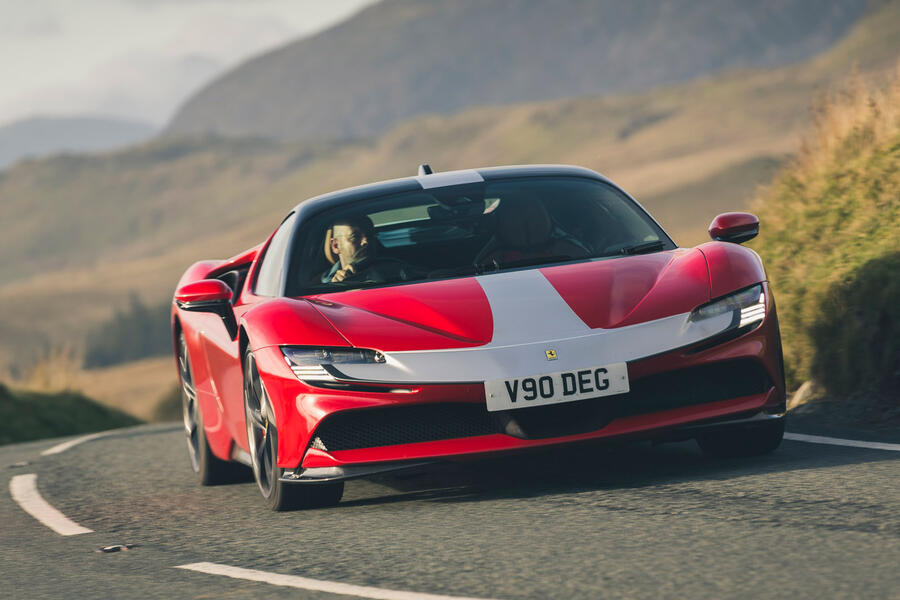
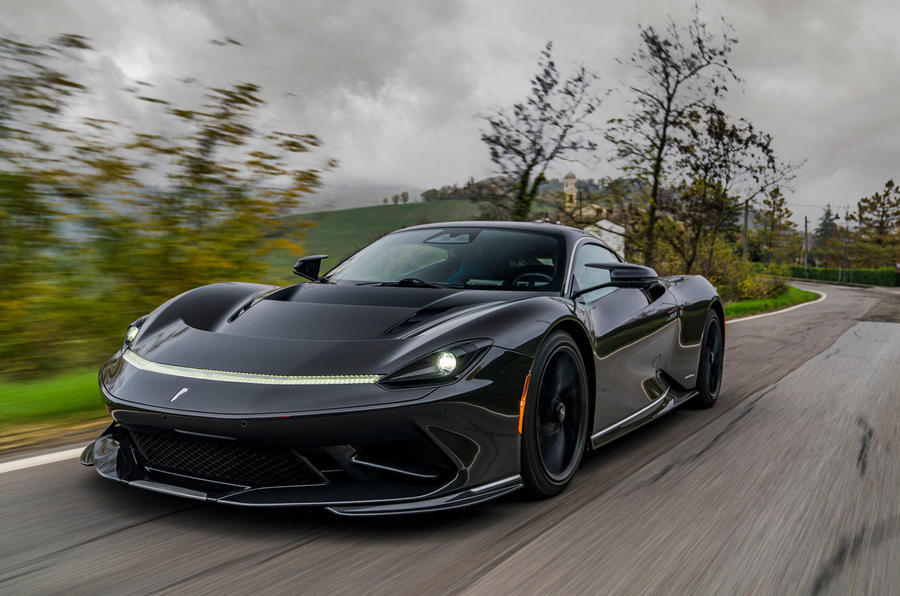
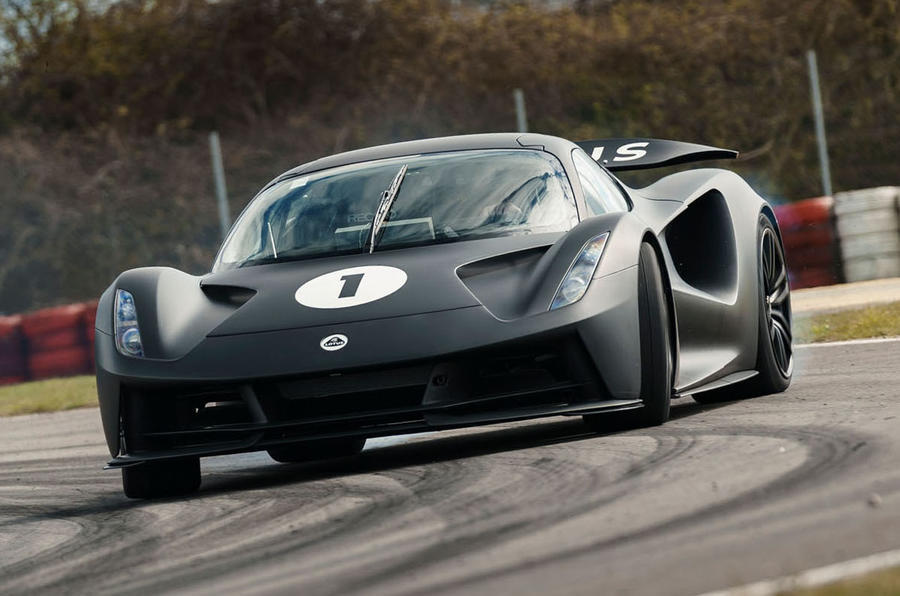





Add your comment